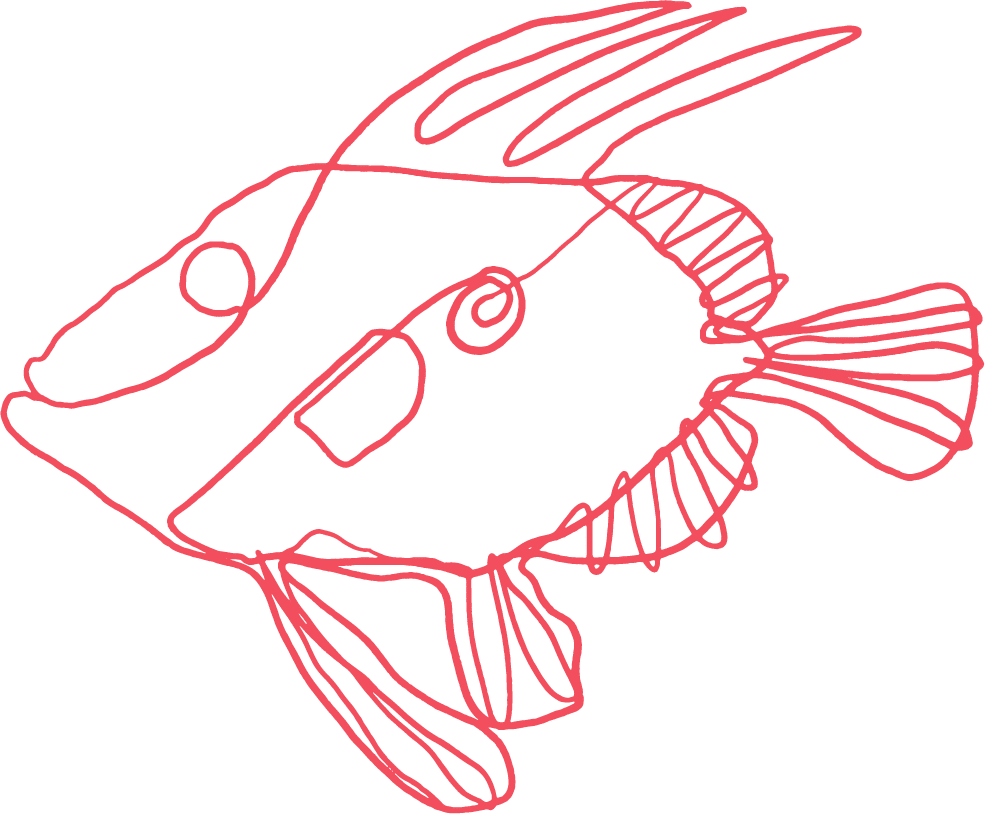![]()

![]()

European Seabass
European Seabass are found along the eastern Atlantic coast from Norway to West Africa, including the British Isles. Around the UK, they inhabit shallow coastal waters, estuaries, and sometimes venture into rivers. Bass prefer warmer waters and often gather near rocky outcrops, sandbanks, and sheltered bays, particularly in the summer months.
Anchovies are widely distributed throughout the northeast Atlantic, from southern Norway and the North Sea down to the coasts of Africa. Around the UK, they are found mainly along the south and southwest coasts, particularly during warmer months. They typically inhabit coastal waters and estuaries, forming large, dynamic shoals close to the surface.
Sustainability Rating

Status: Wild bass stocks around the UK are under pressure, and the species is now carefully managed with strict catch limits.

Best Choice: Wild bass caught using hook and line or small-scale, low-impact fisheries.

Avoid: Bass caught using methods such as trawling or drift netting, which can lead to high bycatch and habitat damage. Farmed seabass can also be an option if responsibly produced.
Culinary Uses

Bass is a premium white fish, prized for its delicate, mild flavour and firm, flaky texture.

Excellent for grilling, roasting, or pan-frying.

Pairs beautifully with citrus, herbs like rosemary and thyme, and Mediterranean flavours such as olives, tomatoes, and capers.

Popular dishes include whole roasted bass, seabass ceviche, and fillets served with beurre blanc sauce.
Best Fishing Practices

Rod-and-line fishing is the most sustainable method, targeting individual fish with minimal bycatch and damage to habitats.

Seasonal closures during the bass spawning period (typically January to March) are vital for protecting breeding stocks.

Responsible fisheries monitor catch limits closely to help restore and maintain healthy populations.
Seasonality

Wild bass is best enjoyed from July to December, after the spawning season has ended and stocks are replenished.

Farmed seabass is available year-round, but wild-caught bass remains the preferred choice when sustainably sourced.
Safeguarding the Future of Wild Bass
Once abundant, wild bass stocks have faced significant declines due to overfishing and habitat pressure.
Strict management measures — including catch limits, seasonal closures, and minimum size requirements — are helping stocks recover slowly. Supporting low-impact, line-caught bass ensures this magnificent fish remains a highlight of the British coastal menu for generations to come.
On our menu: Yes ✓
Book now
Join us at Faber Restaurant to explore our menu. Book a table today using the form below or call us on 0208 161 9800 if you have any special requirements.
And we are here! For office Christmas parties, canapes, light bites & celebrations, or a full festive fish supper (and fishless for the more carnivorous or vegetarians).
Read moreWe’ve been invited to host our very ow Chef’s fish counter and tasting menu at The Holborn Dining Room, part of The Rosewood Hotel London.
Read moreThis summer we’ll be taking up residency in collaboration with Setlist @ Somerset House. Shucking oysters on the riverside terrace
Read more
